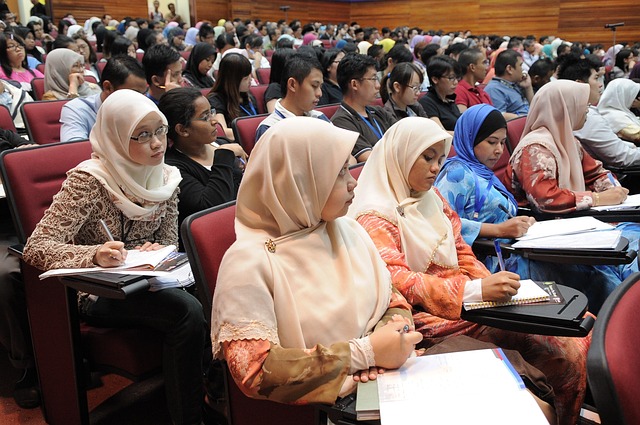Introduction
In the ever-evolving field of medicine, engaging students in the classroom is crucial for their success as future healthcare professionals. A well-engaged student is more likely to actively participate, retain information, and develop critical thinking skills. However, capturing and maintaining student engagement can be challenging, given the vast amount of complex information to be learned. This article highlights effective strategies for engaging students in the medical classroom, fostering a dynamic and interactive learning environment.
- Active Learning Techniques
Active learning techniques encourage students to become active participants in the learning process rather than passive recipients of information. By incorporating activities that stimulate critical thinking, problem-solving, and decision-making, educators can foster engagement. Examples of active learning techniques in the medical classroom include:
a. Case-based learning: Presenting real or hypothetical clinical cases challenges students to apply their knowledge to solve complex problems, enhancing critical thinking skills and knowledge application.
b. Problem-based learning: Assigning students authentic problems related to medical practice encourages them to explore possible solutions collaboratively, promoting critical thinking, teamwork, and effective communication.
c. Group discussions: Facilitating open discussions among students allows them to share perspectives, exchange ideas, and collectively analyze and solve problems, fostering engagement and collaboration.
- Technology Integration
Integrating technology into medical education can significantly enhance student engagement. The use of multimedia tools, online platforms, and educational apps can provide interactive and immersive learning experiences. Here are some effective strategies:
a. Virtual reality and simulations: Utilizing virtual reality simulations and patient scenarios allows students to experience realistic medical situations, enhancing their decision-making skills and clinical reasoning.
b. Interactive online modules: Developing interactive modules with multimedia elements, quizzes, and interactive assessments promotes self-paced learning, immediate feedback, and knowledge retention.
c. Mobile apps: Educational apps provide students with access to medical resources, clinical cases, and interactive learning modules, enabling them to engage with course content anytime and anywhere.
- Gamification
Incorporating game-like elements into the medical classroom can boost student engagement and motivation. Gamification strategies tap into students’ intrinsic motivation and desire for achievement. Here’s how it can be implemented:
a. Leaderboards and rewards: Introducing leaderboards and rewards for achievements can foster healthy competition, encouraging students to actively participate and excel in their studies.
b. Badges and achievements: Awarding digital badges and achievements for completing milestones or demonstrating specific skills can provide a sense of accomplishment, motivating students to strive for more.
c. Team challenges: Designing team-based challenges or medical trivia games promotes collaboration, communication, and friendly competition, creating an engaging and interactive learning environment.
- Real-World Application
Connecting classroom learning to real-world scenarios helps students understand the practical relevance of the knowledge they acquire. It instills a sense of purpose and increases motivation. Strategies to facilitate real-world application include:
a. Clinical placements and internships: Providing students with opportunities to engage in clinical settings allows them to apply theoretical knowledge in real-life situations, fostering skill development, confidence, and professional growth.
b. Role-playing exercises: Conducting role-playing exercises where students assume the roles of healthcare providers and patients enables them to practice communication, empathy, and clinical skills in a controlled environment.
c. Guest speakers and case studies: Inviting guest speakers, such as experienced healthcare professionals, or presenting case studies of real patient experiences, exposes students to the challenges and complexities of medical practice, promoting critical thinking and reflection.
Conclusion
Engaging students in the medical classroom is vital for their overall learning experience and future success as healthcare professionals. By implementing active learning techniques, integrating technology, incorporating gamification, and facilitating real-world application, educators can create an interactive and dynamic learning environment. These strategies foster critical thinking, problem-solving, teamwork,
